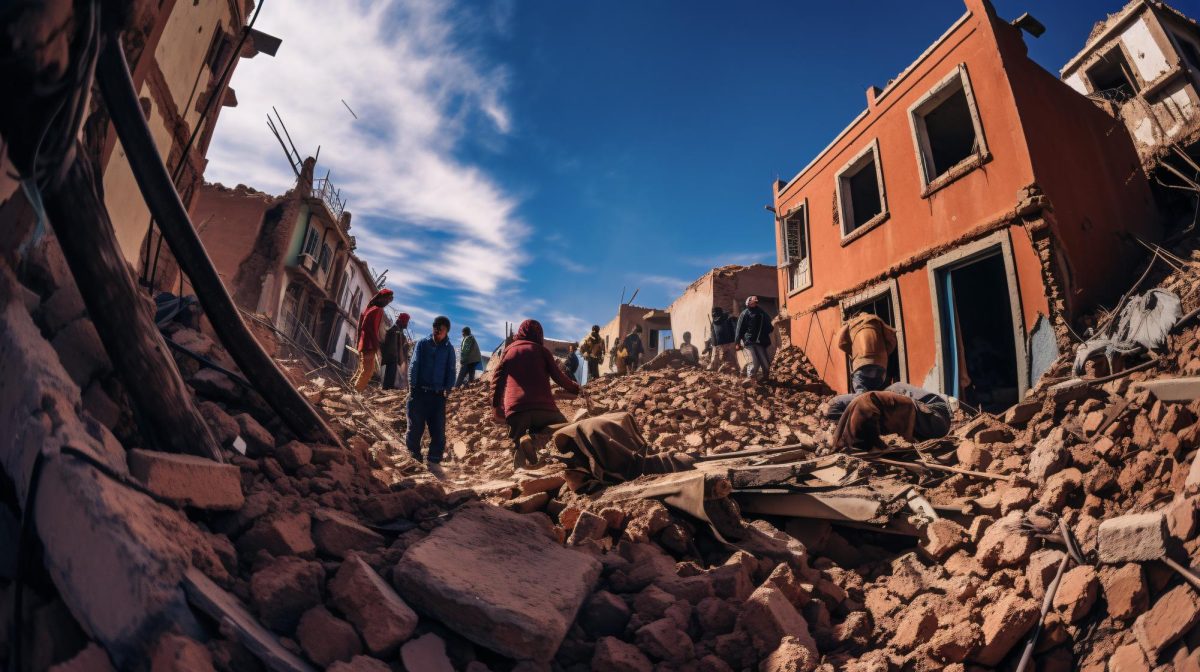On September 8, 2023, a Mw 6.8 earthquake rocked the region just south of the city of Marrakesh, Morocco. Most recent reports from the area estimate that the earthquake has caused about 2,900 fatalities. Estimates from Moroccan Government Agencies show 2,930 villages with a total population of 2.8 million affected somehow by the earthquake. Soon after the quake, countries such as Spain and the UN, among others banded together to aid Moroccan authorities in rescue efforts. This event is the second deadliest earthquake event of 2023, just behind the Turkey-Syria Earthquake (Mw 7.8), which occurred earlier this year in February. It was the deadliest earthquake the country has faced in over 60 years. Much of the damage and fatalities sustained occurred outside of the city of Marrakesh. According to data published by the USGS, seismicity generated was likely from faulting in the Atlas Mountains just south of Marrakesh caused by the collision interface between the Eurasian and African plates.
We spoke with Professor John I. Garver, Professor of Geosciences at Union, whose primary interests lie in tectonics and geochronology. “The 6.8 magnitude earthquake in the High-Atlas mountains in Morocco was a moderately large earthquake that moved on pre-existing faults.” He highlighted that preparedness for the earthquake is a challenge for the area. “These faults don’t move very often, so that makes preparing for them challenging. Damage caused to towns and villages near the epicenter may well be related to the fact that most buildings are not earthquake resilient, as has been reported in recent publications.” The area may face small aftershocks related to the fault movement, but these are predicted to be much smaller magnitudes, so are not likely to cause much damage.



